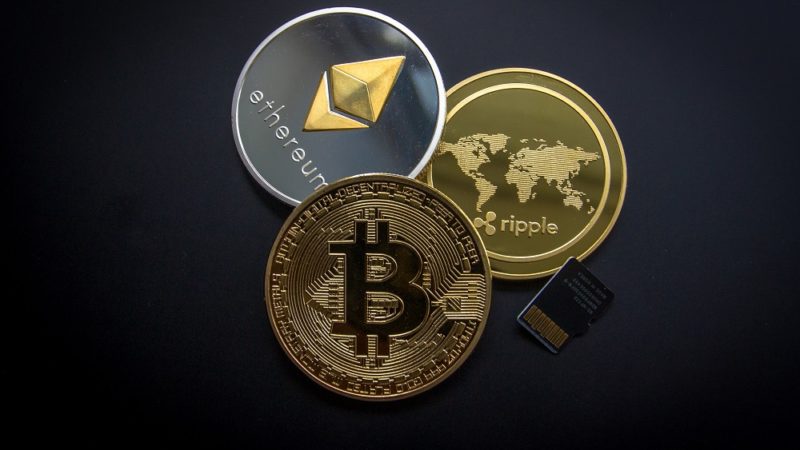Decentralized Application and Associated Attributes

Internet users do not own sole control over the information they share on new websites. Ethereum is different as it tries to wield the blockchain in a way to correct what its developers believe is a troublesome part of the internet’s design.
It is similar to a “decentralized AppStore” in which anyone may publish their unstoppable (dapps) apps that are not like the famous apps we use in today’s era as they don’t need a middleman to function or to maintain a user’s data.
Dapps do connect users as well as providers directly. Once you publish or add something to the blockchain, it cannot be erased, not by the company that generated the microblogging system.
There is not any particular definition of a dapp, however, because it’s an advanced concept. Chief characteristics of dapps are that they are open source and don’t own a central point of failure.
Three fundamental types
With this advanced technology available, ethereum processing might be electrified by the idea of decentralizing “all things.” But the applications’ types, which users can create with the computing platform, might be somehow narrow.
The ethereum white paper divides dapps into three basic types: apps that maintain money, apps in which money is involved, as well as apps that come in the “other” category involving voting as well as governance systems.
In the first type of the app, a user may have to exchange ether in a way to settle a contract with the other user, using the distributed computer nodes of the network as an alternative to enable the distribution of this data.
The second type of app is used to mix money with data from outside the blockchain. Notably, these smart contracts depend on so-called “oracles,” which relay up-to-date data related to the outside world.
Decentralized autonomous platforms can be considered as one particularly aggressive breed of dapp.
The motive is to form a leaderless company to program rules about how members may vote and release company funds and then let go of all this.






